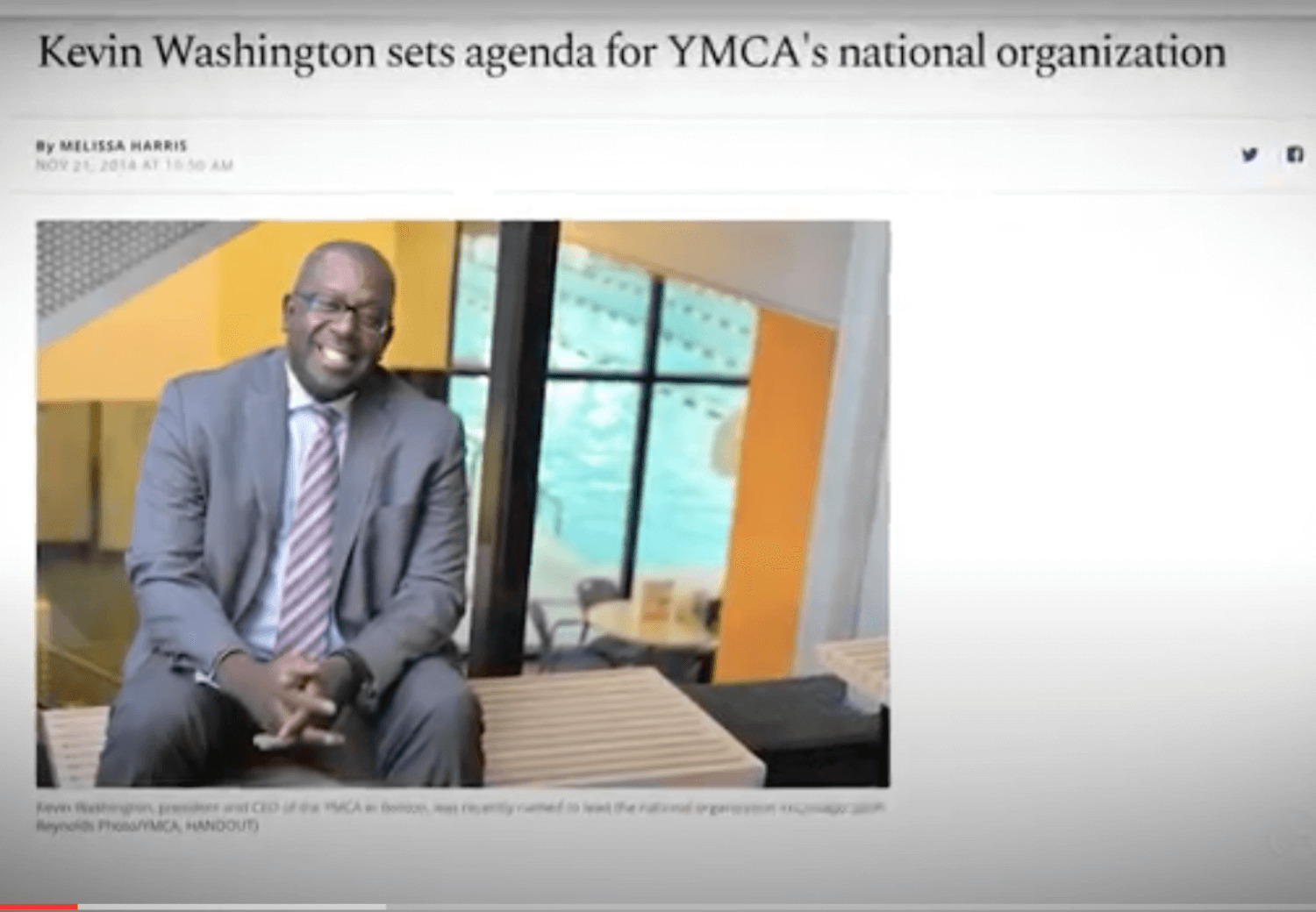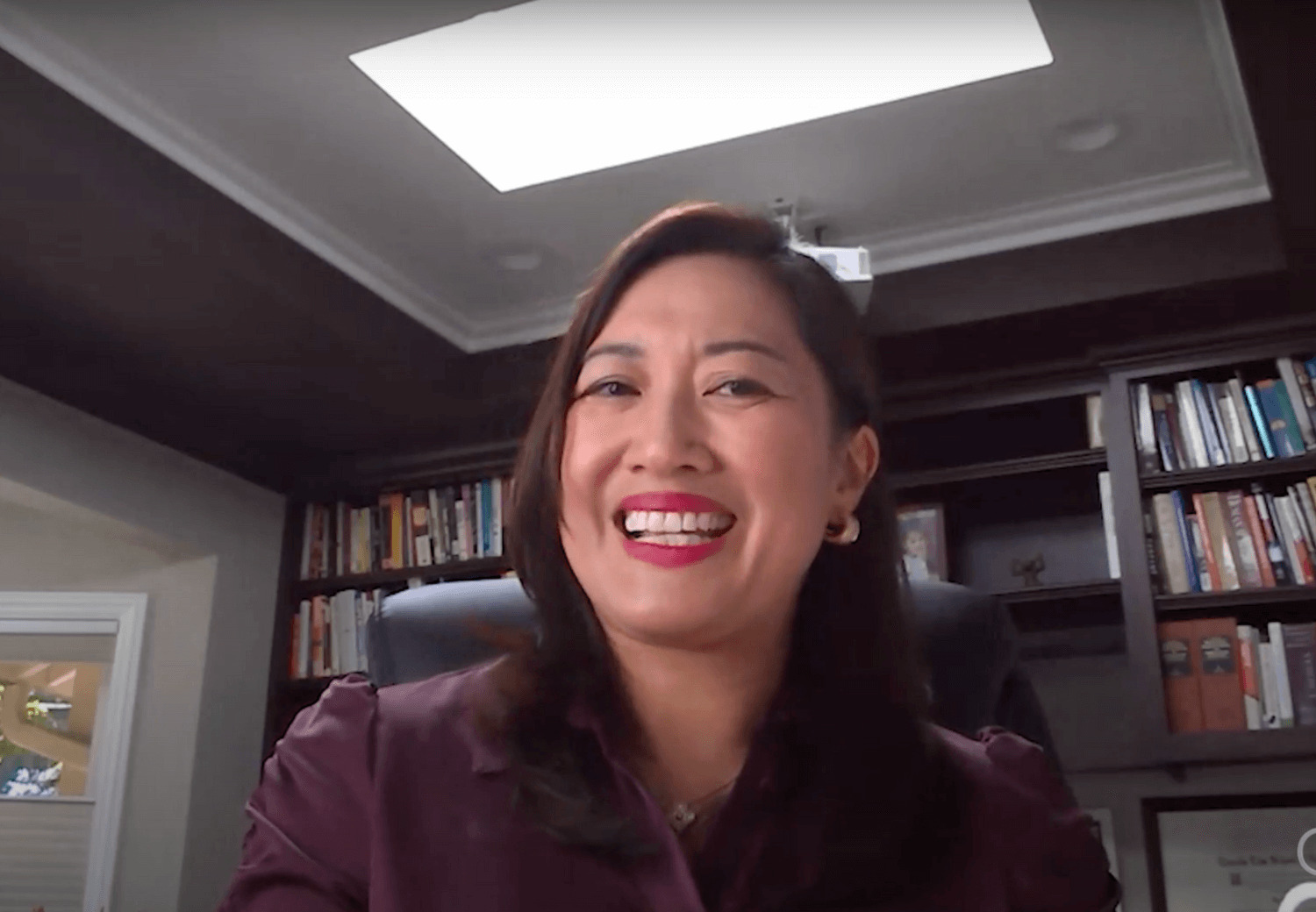Leadership Style Leading Change Values & Purpose
Activism Vs. Advocacy
Kevin Washington
12.17.21
How do you adapt to shifting expectations from your team and customers? As a leader, it's up to you to take charge and make it right. Kevin uses modern examples and macro-level philosophy to hit these moving targets.
Summary:
How do you adapt to shifting expectations from your team and customers? As a leader, it’s up to you to take charge and make it right. Kevin uses modern examples and macro-level philosophy to hit these moving targets.
Thuy

Kevin Washington
Thuy




